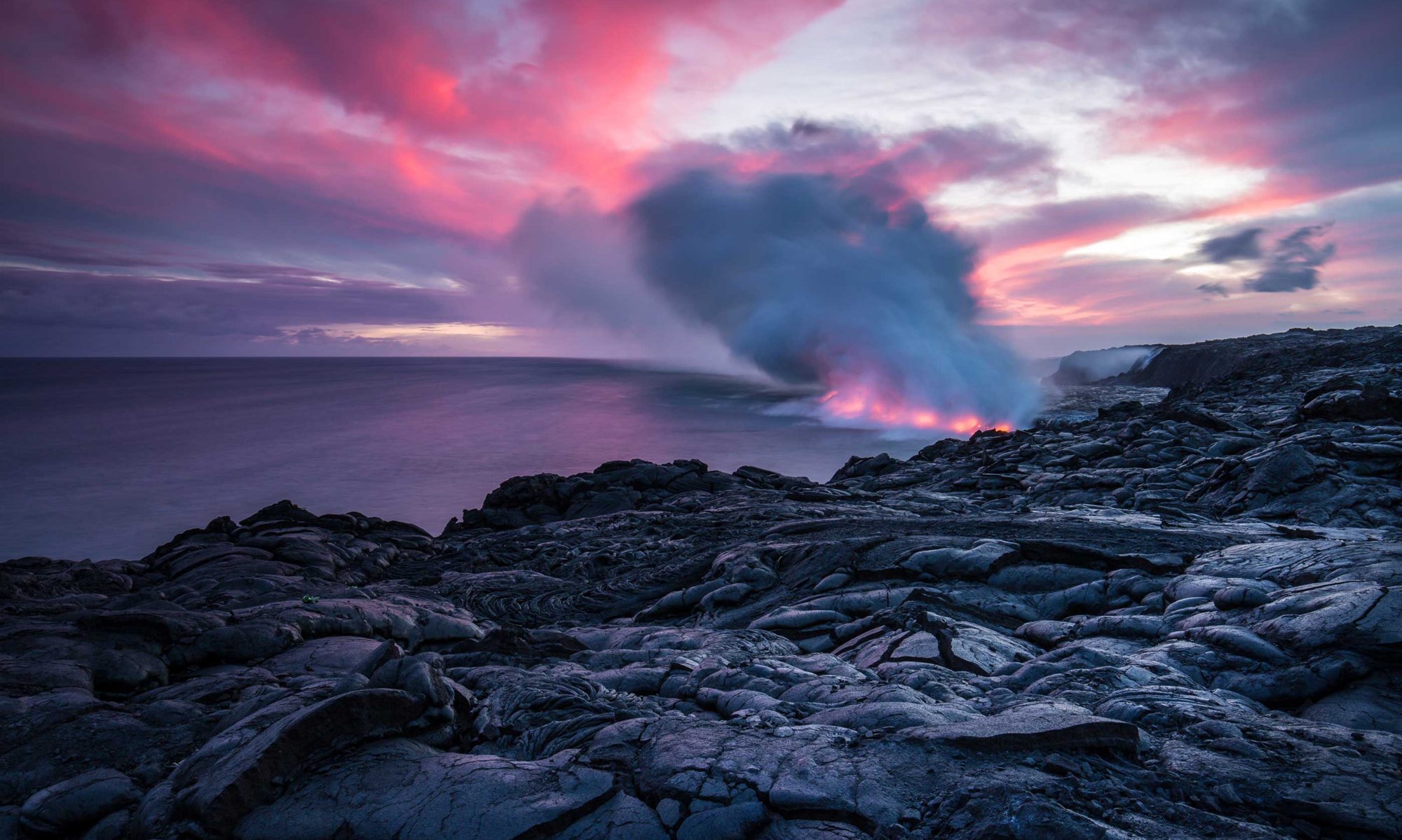The Earth’s surface is a collection of constantly moving tectonic plates, with new ones emerging as others are pulled down. This continuous cycle keeps our continents in motion and drives life on Earth.
Continue reading “Tectonic mystery solved”GRACE water cycle study
NASA scientists have studied 17 years of gravity observations of Earth to understand how the global water cycle is changing.
Continue reading “GRACE water cycle study”Syukuro Manabe
Late in 1966, in the United States Weather Bureau computer lab, a Japanese immigrant named Syukuro Manabe would be the first to quantify the relationship between carbon dioxide and the temperature of Earth’s atmosphere.
Continue reading “Syukuro Manabe”Fiber optic seismometers
In April, Neyoarlinan, an Icelandic telecom company, extended a fibre optic line to an Icelandic volcano, providing internet access to a region lacking cell service. For the tourists, the fiber is a digital necessity. For the researchers, it enables them to take the volcanos very pulse.
Continue reading “Fiber optic seismometers”Southern ocean carbon sink
The Southern Ocean is an important carbon sink, absorbing a large amount of the excess carbon dioxide emitted into the atmosphere by human activities, according to a new study led by the National Center for Atmospheric Research (NCAR).
Continue reading “Southern ocean carbon sink”Southern ocean speeding up
The Antarctic Circumpolar Current (ACC), the only ocean that circles the planet, is speeding up. Scientists are now able to tell that this is happening by taking advantage of a decades long set of observational records.
Continue reading “Southern ocean speeding up”Melting sea ice linked to fire hazards
A new study finds that low Arctic sea ice levels during July to October have knock-on impacts in the atmosphere that push the jet stream northwards. This tends to bring hotter and drier conditions in the western US over the following autumn, resulting in more frequent and intense fires in the region.
Continue reading “Melting sea ice linked to fire hazards”Mantle wind
By studying geochemical compositions beneath Panama, Woods Hole Oceanographic Institution (WHOI) scientists have been able to track large-scale movements in Earth’s deep interior. They were able to show that the volcanic material is sourced from the Galapagos plume, over 1500 km away.
Continue reading “Mantle wind”How close are climate tipping points
The Intergovernmental Panel on Climate Change (IPCC) has warned that surpassing 2 degrees celsius of warming could have catastrophic consequences and that we need to keep global warming to 1.5 degrees celsius.
Continue reading “How close are climate tipping points”AI extreme heatwave forecast
Because of the impact of extreme heat waves on society and biodiversity, their study is a key challenge. Physics applied weather forecast systems or climate models can be used to forecast their occurrence or predict their probability.
Continue reading “AI extreme heatwave forecast”
